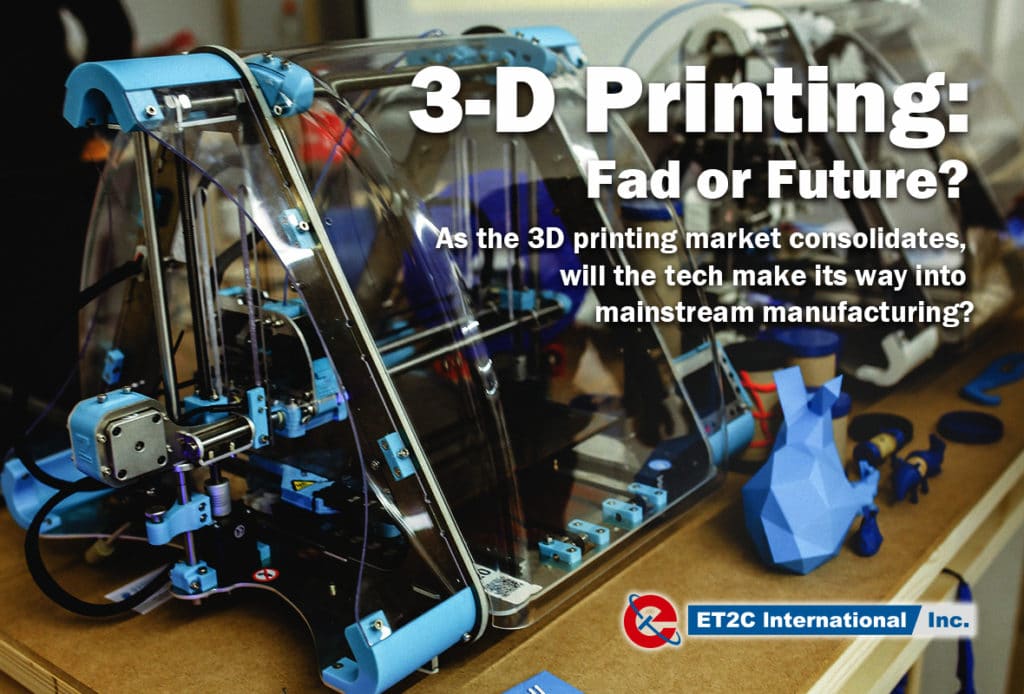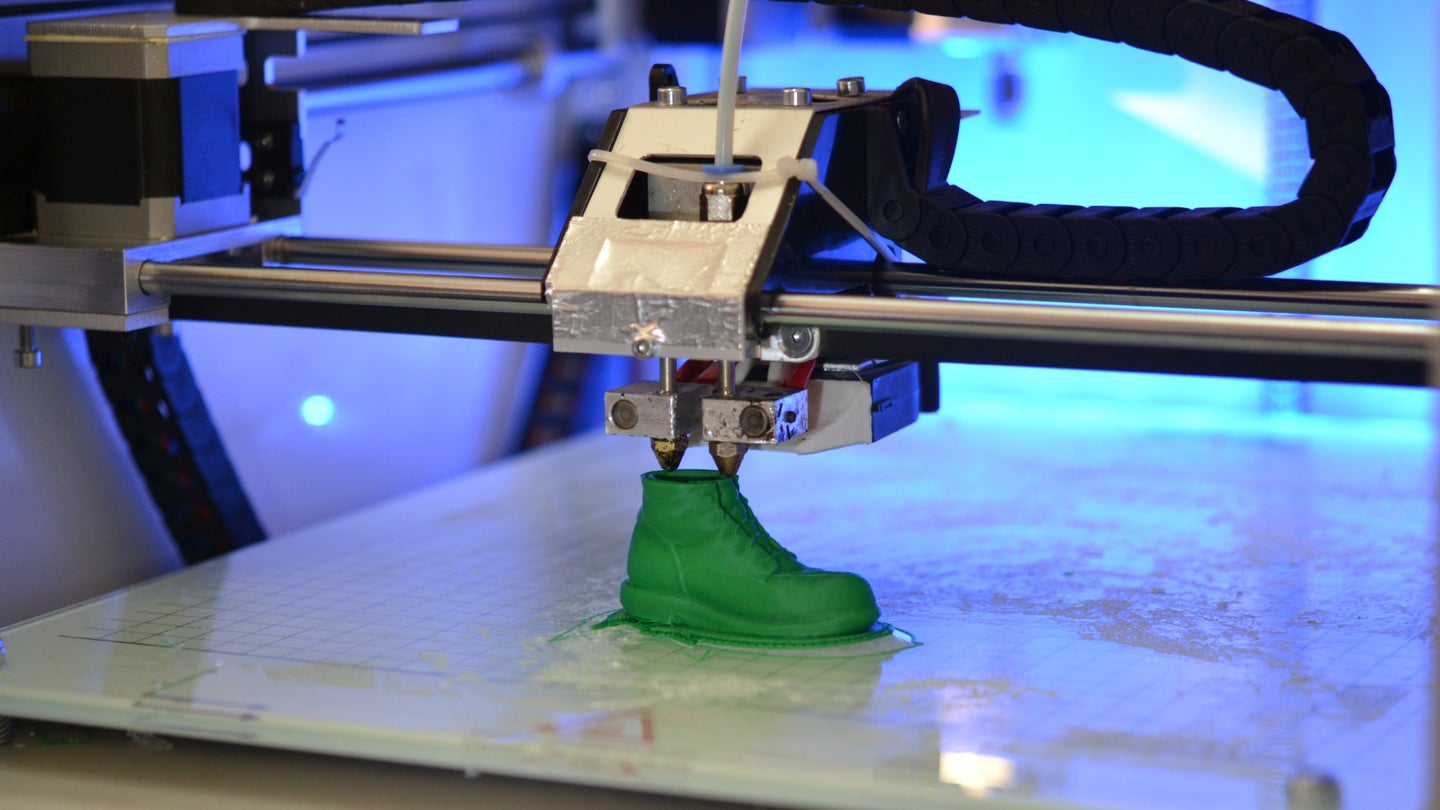Over the past decade, 3D printing has transformed from a niche technology to a powerful tool that is revolutionizing the manufacturing industry. With its ability to produce intricate objects layer by layer, 3D printing has opened up a world of possibilities for designers, engineers, and manufacturers. It’s fascinating to think that a single machine can create complex prototypes, customized products, and even replacement parts, all with just a click of a button. The rise of 3D printing is reshaping the way we approach manufacturing, and its impact is only just beginning to be realized.
The history of 3D printing can be traced back to the 1980s when the concept was first introduced. However, it wasn’t until the early 2000s that significant advancements in technology and software made 3D printing more accessible and affordable. Since then, the adoption of 3D printing for prototyping and manufacturing has skyrocketed. In fact, a report by Deloitte predicts that the global market for 3D printing is expected to reach $51.77 billion by 2026. This growth can be attributed to the numerous advantages offered by 3D printing, such as reduced costs, faster production times, and the ability to create complex geometries that would be impossible to achieve through traditional manufacturing methods. As 3D printing continues to evolve, it has the potential to disrupt traditional supply chains and democratize the manufacturing process, empowering individuals and organizations to bring their ideas to life.


Revolutionizing Manufacturing with 3D Printing
3D printing, also known as additive manufacturing, has emerged as a disruptive technology in the manufacturing industry. What was once primarily used for prototyping has now evolved into a mainstream manufacturing method. From small-scale production to large-scale manufacturing, 3D printing offers a wide range of applications and benefits. This article explores the journey of 3D printing from prototyping to the forefront of mainstream manufacturing and its impact on various industries and sectors.
One of the significant advantages of 3D printing is its ability to create complex geometries and intricate designs that were previously difficult or impossible to achieve using traditional manufacturing methods. This technology allows for the production of customized and on-demand products with minimal waste. As a result, companies can optimize their supply chain, reduce lead times, and bring products to market faster.
The development of high-performance materials specifically designed for 3D printing has also contributed to its integration into mainstream manufacturing. With a wide range of materials available, including plastics, metals, ceramics, and composites, 3D printing can meet the requirements of various industries, from aerospace and automotive to healthcare and consumer goods.
To understand the impact of 3D printing in mainstream manufacturing, let’s examine how it has transformed different sectors and industries.
Revamping the Healthcare Industry
The healthcare industry has been greatly influenced by the advancements in 3D printing technology. From surgical planning and medical education to the production of patient-specific implants and prosthetics, 3D printing has revolutionized healthcare practices.
In surgical planning, 3D printed anatomical models allow surgeons to visualize complex structures and practice complex procedures before performing the actual surgery. This reduces the risk, enhances surgical precision, and improves patient outcomes. Furthermore, 3D printing enables the production of patient-specific implants and prosthetics, ensuring a better fit and functionality for individuals.
Another area where 3D printing holds promise is in the field of regenerative medicine. Researchers are exploring the use of 3D bioprinting to create living tissues and organs, which could potentially revolutionize transplantation and personalized medicine.
Moreover, in the medical device industry, 3D printing allows for the rapid prototyping and production of complex devices, such as hearing aids and dental aligners. This reduces manufacturing costs and enables customization for patients.
With the continuous advancements in 3D printing technology and materials, the healthcare industry is set to witness further transformation, leading to improved patient care and outcomes.
Impact on the Aerospace and Automotive Industries
The aerospace and automotive industries are two sectors that have embraced 3D printing for both prototyping and production purposes. The ability to create lightweight, complex parts with optimized geometries has significantly impacted these industries.
In the aerospace industry, 3D printing has been instrumental in reducing the weight of components, leading to fuel efficiency and cost savings. By using additive manufacturing techniques, aerospace companies can produce parts with intricate internal structures, enabling improved performance and functionality. Additionally, 3D printing allows for the production of spare parts on-demand, reducing inventory costs and supply chain complexities.
The automotive industry has also embraced 3D printing for various applications. From prototyping and tooling to the production of end-use parts, 3D printing offers efficiency, flexibility, and cost savings. It allows for the rapid iteration of designs, reducing the time and cost associated with traditional manufacturing processes. Moreover, 3D printing enables the production of complex geometries, lightweight components, and customized parts, enhancing overall vehicle performance.
As 3D printing technology continues to advance, it is anticipated that the aerospace and automotive industries will increasingly integrate this technology into their manufacturing processes, resulting in improved performance, reduced costs, and enhanced sustainability.
Innovations in Consumer Goods and Design
The consumer goods industry has also witnessed a significant impact from 3D printing technology. This technology has enabled the democratization of product design and customization, allowing consumers to participate in the creation process.
With 3D printing, companies can offer personalized and unique products, providing a competitive edge in the market. From customized jewelry and fashion accessories to home decor and electronics, 3D printing has opened up new possibilities for product innovation and design.
Furthermore, 3D printing allows for the production of complex and intricate designs that were previously challenging to manufacture using traditional methods. This has led to the development of novel and artistic consumer goods that captivate consumers and redefine product aesthetics.
Additionally, 3D printing has enabled the creation of on-demand manufacturing, reducing inventory costs and waste. With the ability to produce products closer to the point of consumption, companies can optimize their supply chains, reduce shipping costs, and minimize environmental impact.
The Future of Manufacturing: Bridging the Gap Between Prototyping and Mass Production
As 3D printing continues to evolve, it is poised to transform the manufacturing landscape even further, bridging the gap between prototyping and mass production. While traditional manufacturing methods have their strengths, 3D printing offers unparalleled advantages in terms of design complexity, customization, and efficiency.
With advancements in multi-material and multi-color 3D printing, as well as the development of high-speed printing technologies, the scalability and feasibility of using 3D printing for mass production are within reach. This technology has the potential to disrupt conventional manufacturing processes and supply chains, enabling a more sustainable and agile manufacturing ecosystem.
Furthermore, the integration of technologies like artificial intelligence, machine learning, and automation with 3D printing holds tremendous potential for the future of manufacturing. These advancements could enable autonomous production processes, real-time monitoring and optimization, and the development of self-healing materials.
Overall, 3D printing is no longer confined to prototyping but has emerged as a valuable tool in mainstream manufacturing. From healthcare and aerospace to consumer goods and design, the impact of 3D printing continues to expand across industries. With ongoing advancements and innovations, the future of manufacturing looks promising, setting the stage for a new era of production capabilities and possibilities.
For more information on the advancements and applications of 3D printing, visit [relevant link] to explore the cutting-edge technologies and latest industry developments in this field.
Key Takeaways:
- 3D printing is a technology that allows objects to be created layer by layer using a digital model.
- Originally used for prototyping, 3D printing has now found its way into mainstream manufacturing.
- It offers cost-effective production, customized products, and reduced time-to-market.
- Industries such as aerospace, automotive, and healthcare are embracing 3D printing for its potential in creating complex parts and components.
- As the technology continues to evolve, 3D printing is poised to revolutionize the manufacturing industry.

3D printing has evolved from a technology used primarily for prototyping to one that is now being used in mainstream manufacturing. It has opened up new possibilities and opportunities in various industries.
With 3D printing, products can be quickly and easily customized, reducing production time and cost. It also allows for the creation of complex geometries and intricate designs that were previously impossible with traditional manufacturing methods.
Furthermore, 3D printing promotes sustainability by minimizing waste and utilizing materials more efficiently. It enables the production of lightweight yet strong structures, reducing material consumption and transportation costs.
In conclusion, 3D printing has transformed manufacturing by offering fast, customizable, and sustainable production capabilities, revolutionizing the way products are made and consumed.


